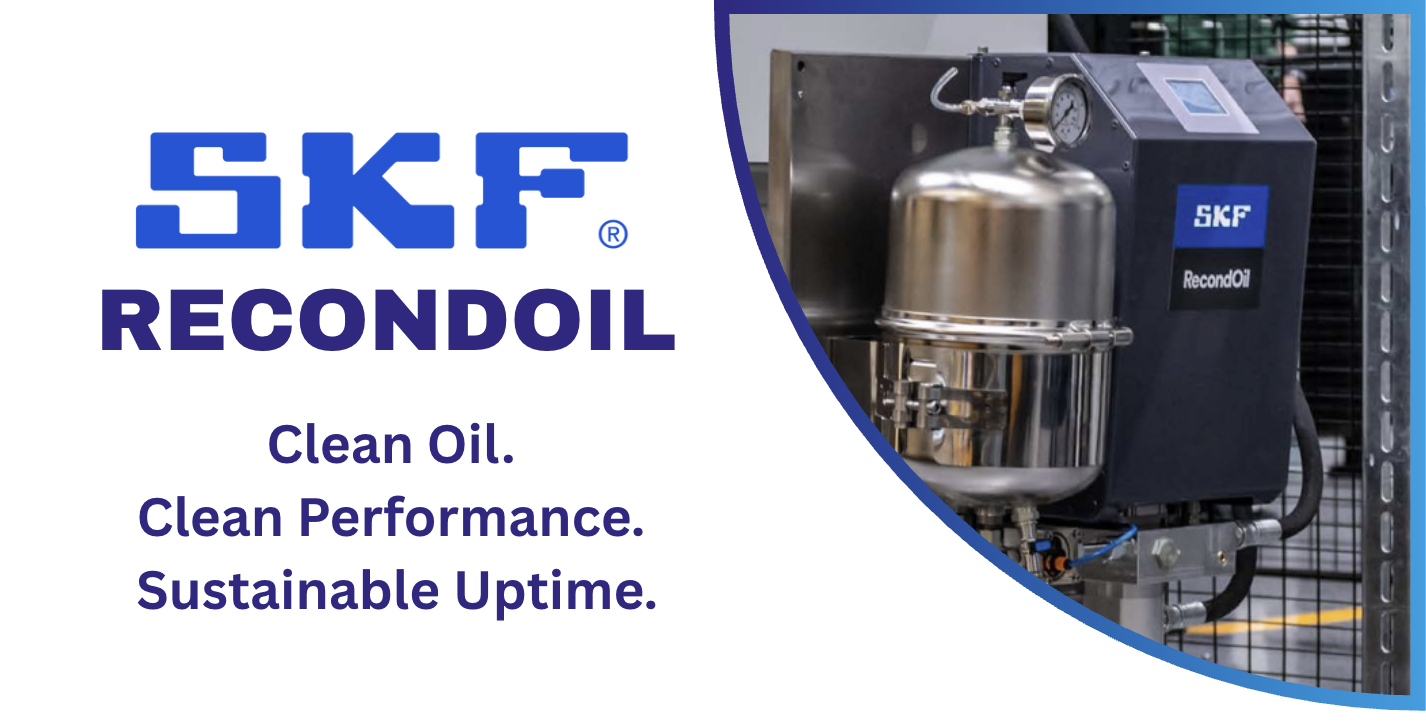Foaming is a common issue in lubricated equipment. It is caused by air bubbles collecting on or near the surface of the oil. Air bubbles in the oil can lead to excessive oxidation, the reduction of lubricating properties, shortened oil life and cavitation. Foam also acts as a thermal insulator, so controlling the oil temperature can become difficult.
Lubricants come into contact with air during storage, dispensing and operation, and also contain a degree of dissolved air. Free air bubbles cause foaming, and the common causes of foaming are:
- Water or solids contamination
- Mechanical issues causing excessive aeration
- Cross contamination
- Too much or too little de-foamant
If you identify foam in your lubrication system, it is important to identify the root cause. Oil analysis should be conducted to identify any contamination and compare air release and foam stability tests with baseline samples.
It is important to remember that anti-foam additive levels in the oil are carefully calculated. Adding additional anti-foaming agents can increase foam levels, so it’s important to consider whether the additional agent is needed, and to control and monitor the levels carefully. Foaming can also be made worse when the oil is agitated. Mechanical equipment movement which severely agitates the oil can lead to foaming, so monitoring vibration levels can help identify the root cause. Suction lines can also pull air into the system through inlet or leak points, so a visual inspection of your equipment can be key to identifying the source of the problem.
If you have concerns about foaming in your lubrication system, our technical team can help with analysis and advice.



